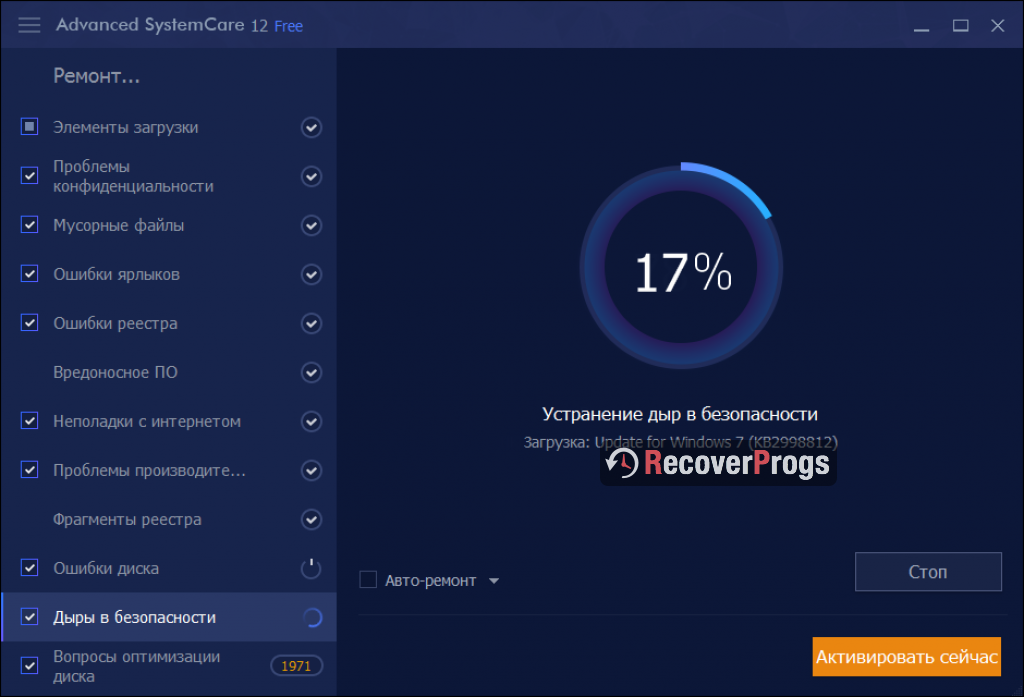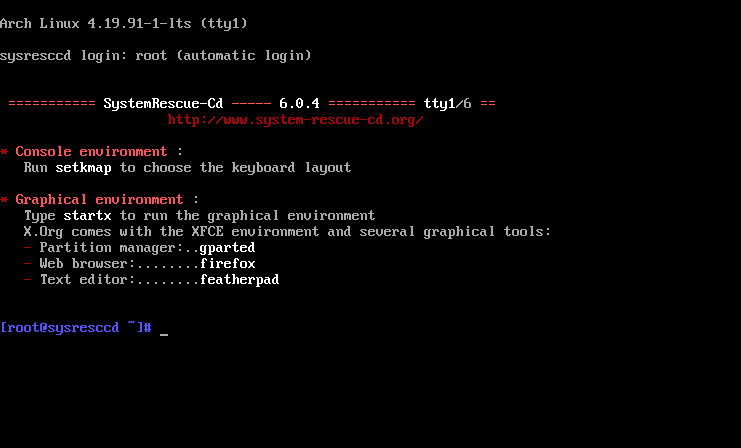

- SYSTEMRESCUECD DOWNLOAD PDF
- SYSTEMRESCUECD DOWNLOAD INSTALL
- SYSTEMRESCUECD DOWNLOAD UPDATE
- SYSTEMRESCUECD DOWNLOAD DOWNLOAD
- SYSTEMRESCUECD DOWNLOAD WINDOWS
This will install your OS version of grub to the USB flash drive in EFI mode.Ĭopy boot/grub/grubsrcd.cfg from the extracted ISO (or the Flash drive, it is there already) to /mnt/RESCUE701/boot/grub/grub.cfg renaming the file. Grub-install -target=x86_64-efi -recheck -removable -efi-directory=/mnt/RESCUE701/ -boot-directory=/mnt/RESCUE701/boot/ to /mnt/RESCUE701.Ĭopy the boot, EFI and sysresccd directories from the (extracted) ISO over to the root of your flash drive partition. Mount the partition created in step 3 above, e.g. If you are upgrading a flash disk from a previous System Rescue version, fatlabel /dev/sdX1 RESCUExyz will do.

This label is used to find the root file system. It is crucially important that the label of the partition is "RESCUExyz" with x.yz being the version number of System Rescue you are putting on the flash drive. I do not have any systems that need an EFI partition so I skip GPT and EFI partitions. Use gparted, parted, cfdisk or sfdisk to make MBR partition table and a single primary partition of type "FAT32 LBA" (type c). But if you read this a few months down the line, it will be a newer ISO. I am using System Rescue 7.01 which is the last release as of now.
SYSTEMRESCUECD DOWNLOAD DOWNLOAD
Download System Rescue and unpack the ISOĭownload from and extract the files from the ISO.Ĭd MYTEMPSPACE & 7z x ~/Downloads/ or so will do. I did this on Debian Buster but with some adjustments to paths and what packages to install, any recent Linux distribution should do:ġ. The basic idea is to use the bulk of the System Rescue ISO contents but amend these with your own grub and syslinux so they work as intended over the supplied ones that are bound to the ISO layout a bit too much. I much prefer to have a flash drive that I can write to over an image of a CD (ISO) written 1:1 onto the flash media.

They recommend a dd or the fancy graphical version of that, called usbimager.

SYSTEMRESCUECD DOWNLOAD WINDOWS
The "Installing on a USB memory stick" documentation is good for Windows (use Rufus, it's nice) but rather useless for Linux.
SYSTEMRESCUECD DOWNLOAD UPDATE
With this their ISO layout changed substantially so when updating my trusty recue USB flash drive, I could not just update the kernel, initrd and the root filesystem image as I had typically done every other year before. It is our favorite system recovery CD.System Rescue, the project formerly known as System Rescue CD, has moved from being based on Gentoo to being built on Arch Linux packages. Overall, we strongly recommend SystemRescueCd for all your system administration, system recovery, data recovery, and disk partitioning tasks.
SYSTEMRESCUECD DOWNLOAD PDF
Default applications include the Midori web browser, emelFM2 twin-panel file manager, Xfburn CD/DVD writing utility, Geany IDE (Integrated Development Environment), SpaceFM file manager, ISO Master, ePDFViewer PDF viewer, Midnight Commander file manager, and much more. The distribution uses the latest stable version of the lightweight Xfce desktop environment, and it will always open a terminal emulator window every time the session starts. After booting the live media, you will be dropped to a shell prompt, where you’ll need to type the startx command in order to access the graphical environment. Another interesting feature is the ability to boot from the first or the second hard disk. Alternative kernels are also provided, just in case the standard ones don’t work as expected. Supports 32-bit and 64-bit computersĪdditionally, even if the SystemRescueCd ISO image has been designed for 32-bit architectures, users will be able to boot the system into both 64-bit and 32-bit rescue modes. SystemRescueCd provides users with an advanced boot menu, which can be used to boot the live environment in different ways, boot the currently installed operating system, or run various handy system tools (Memtest86+, NTPASSWD, SGD, FreeDOS, Netboot, HDT, AIDA, GAG, DBAN and MHDD). Several file systems utilities will help system administrators to deal with any type of filesystem task, including format, resize, move, and copy, on both Linux and Microsoft Windows operating systems. It comes with a wide range of system utilities, such as GNU Parted, GParted and partimage for disk partitioning tasks, TestDisk and GNU ddrescue for recovering lost partitions and restoring the bootable state of your boot partition. The best usage example of the SystemRescueCd distribution is data rescue after a serious system crash, when you computer won't boot anymore. SystemRescueCd is an open source Linux operating system designed for system administrators and Linux/UNIX enthusiasts who are looking for a system rescue and general system administration tool.


 0 kommentar(er)
0 kommentar(er)
